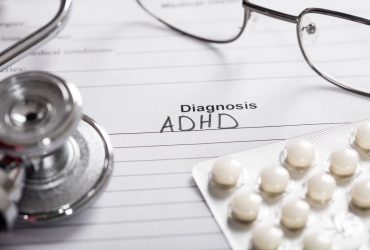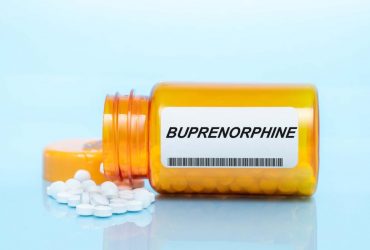While incidence has remained flat for adolescents since 2018, there has been an uptick for adults since 2020
From 2013 to 2023, decrease seen in healthy dietary, physical activity, and sleep behaviors, including getting enough sleep
Hypothetical policy to increase mental health preventive care could yield billions of budgetary benefits from increased labor force participation
More than half of those who reached threshold score for any common mental disorder had a chronic course
Decrease in dispensing seen among young adults; dispensing varied by prescriber specialty and was higher for nurse practitioners
2024 levels generally holding at pandemic-level lows across substances
Higher subsequent risk for stress-related disorders seen compared with unexposed population controls, matched sibling cohort
Estimated prevalence rates ranged from 22 percent for one to 14.8 percent for four or more
Significant declines seen across genders, races/ethnicities
Highest prevalence of experiencing four or more ACEs seen for females, non-Hispanic multiracial, gay or lesbian, bisexual, questioning










